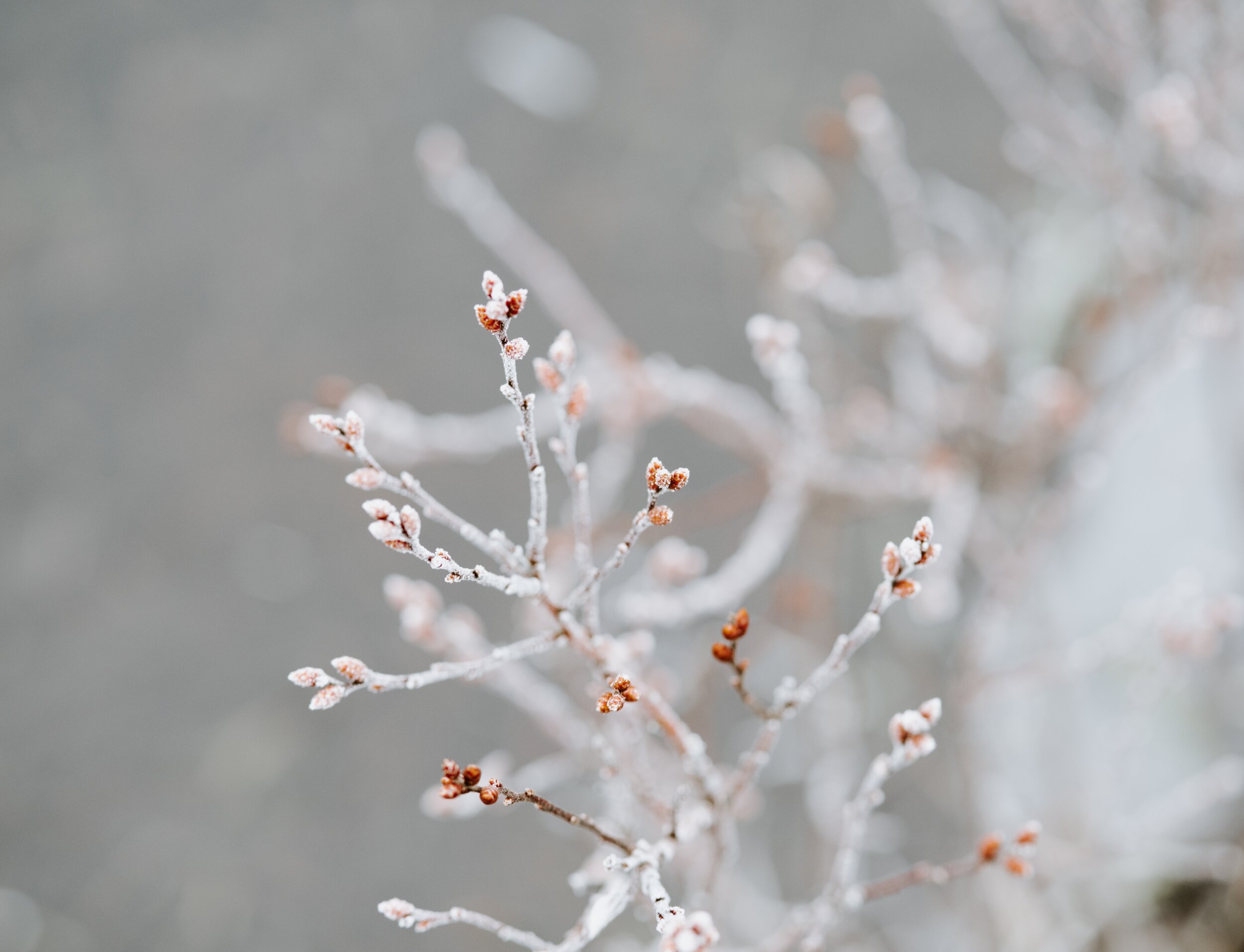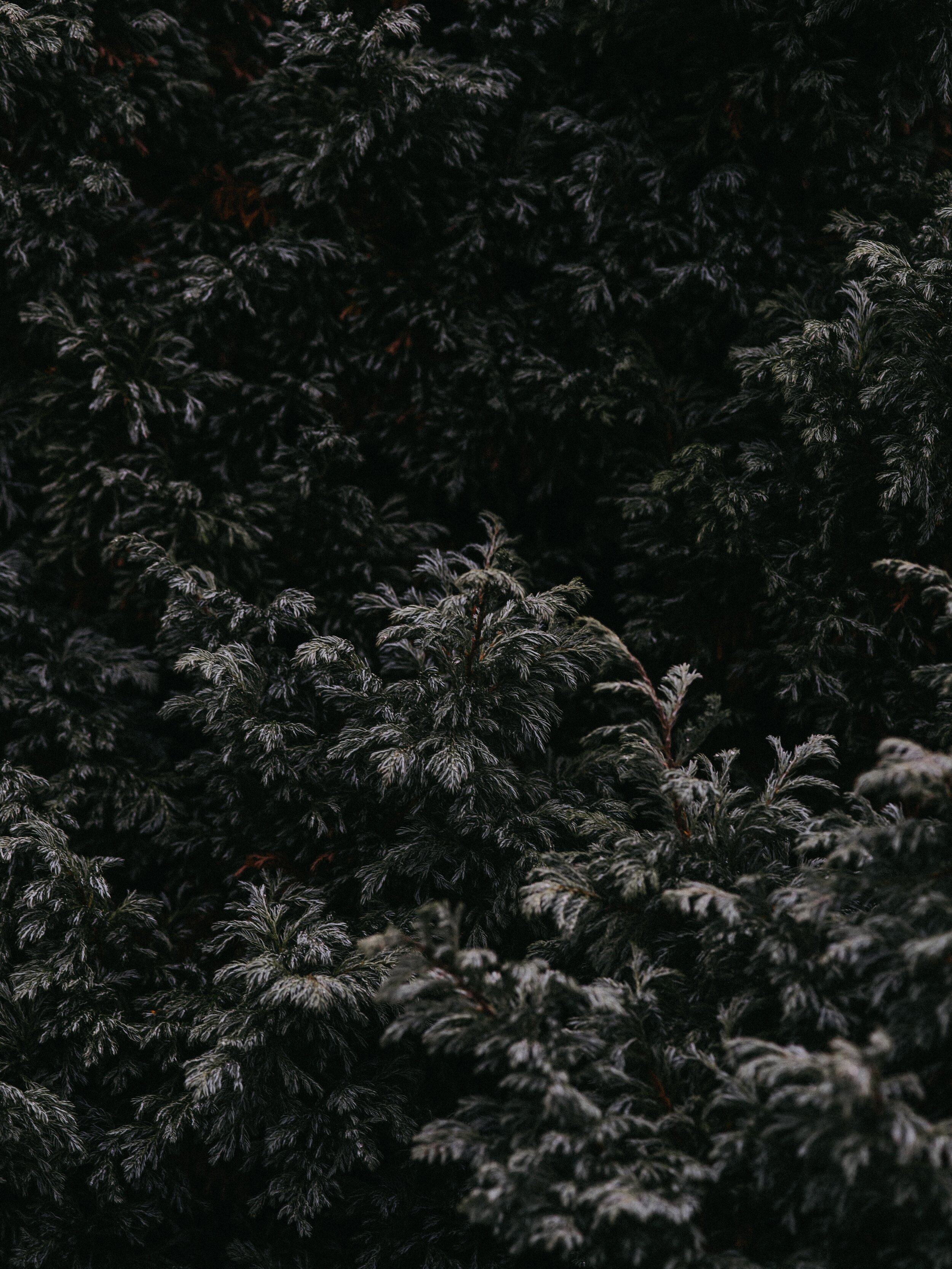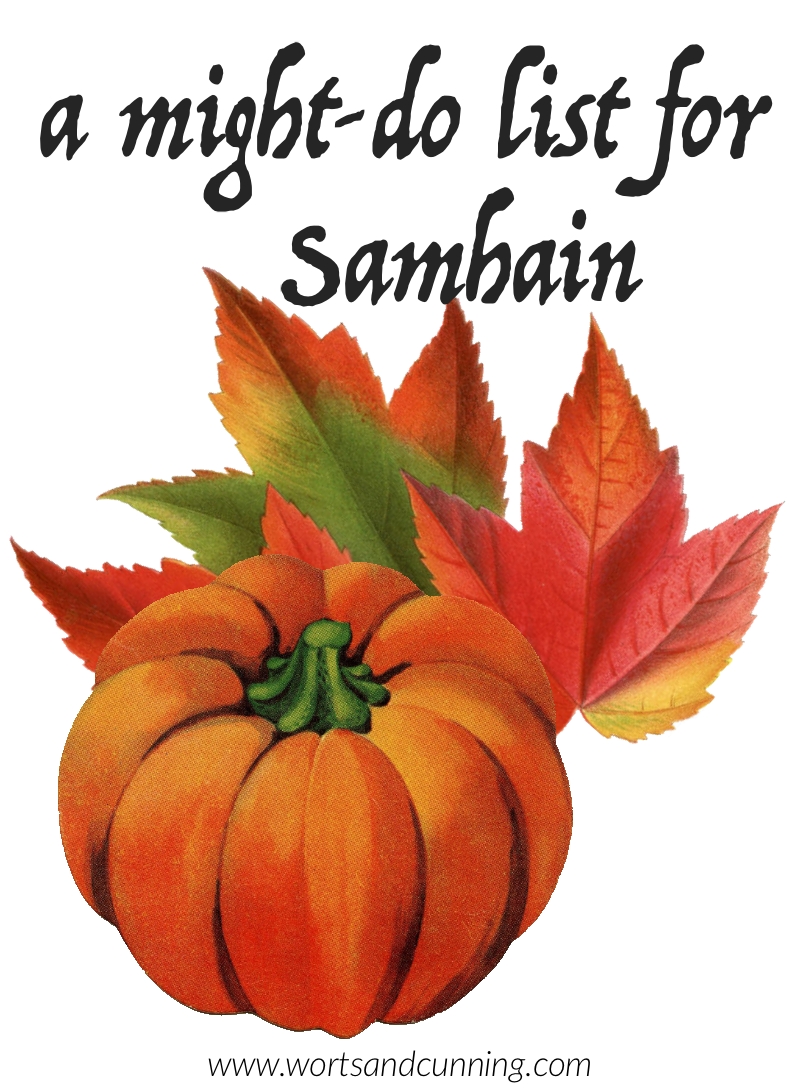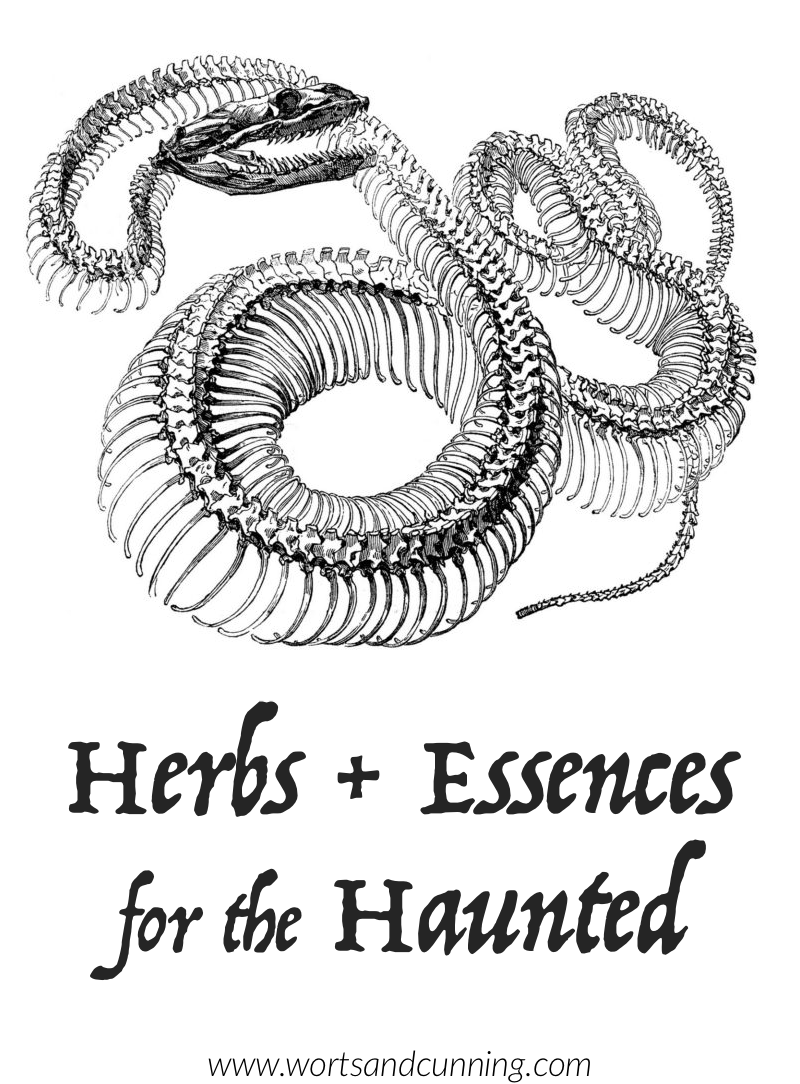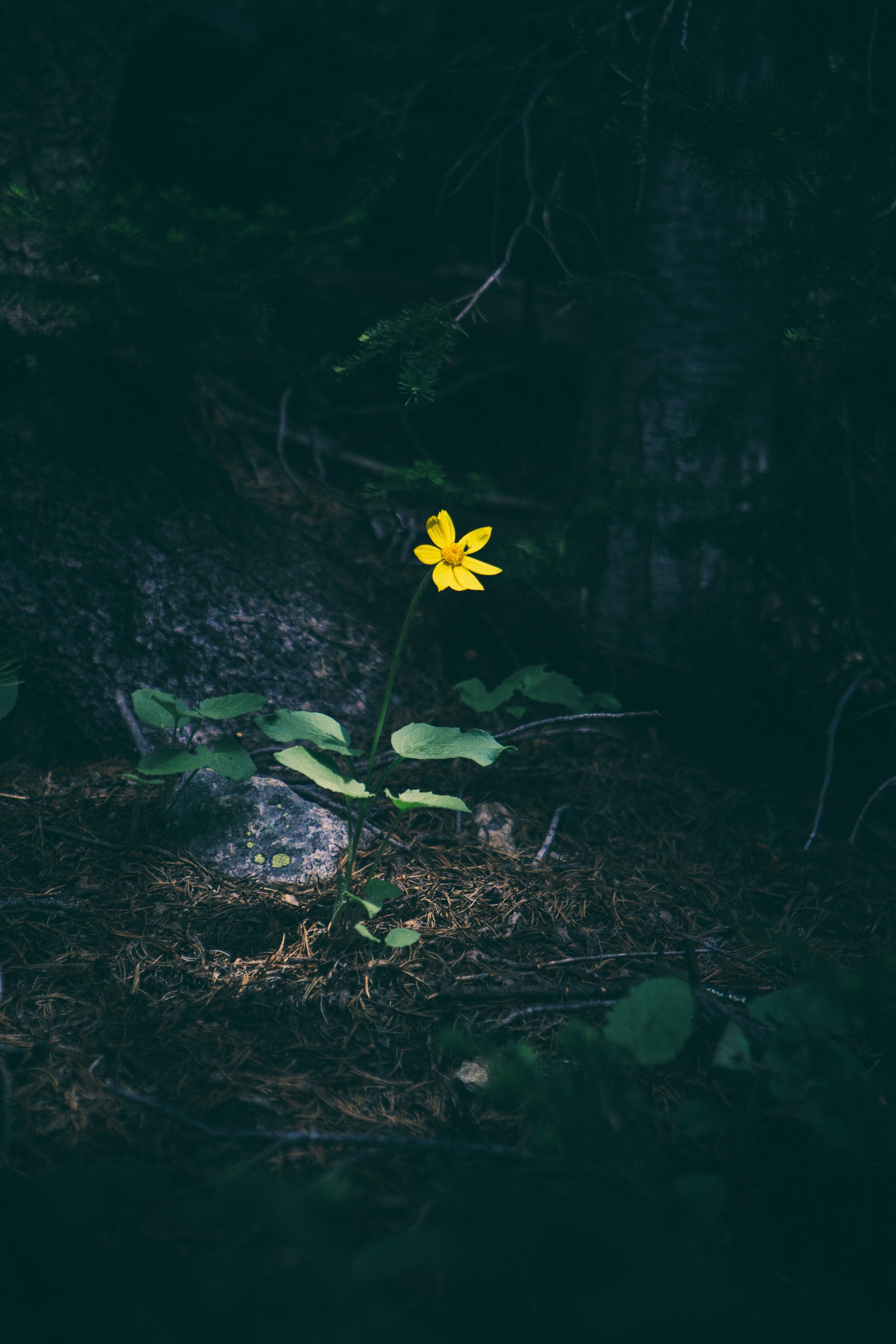Mercurial Wisdom: Peppermint Plant Profile
It’s been a minute since I shared a plant profile with all of you. I found I needed a bit of a break from writing plant profiles and just some more time out in the garden and making a mess in my kitchen trying out new recipes. However, I woke up this morning with an itch to talk plant nerd with you before I head off on my winter break (which is all very impulsively mercurial and therefore the herb I’ve chosen to talk about is quite appropriate).
I wanted to share with you more stories about one of my favorite herbs that I reach for in the depth of winter and the height of summer almost equally. Peppermint is just magickal like that when it comes to working its way into both my warming and cooling recipes. But we’ll get to that in a minute…
I’ve written about Peppermint a number of times already, but always in the context of a larger post, and it felt like the write time to get deep about our green companion. The following profile is from my course exploring the intersections of herbal wisdom and the tarot - The Tarot Apothecary. So you’ll see my correspondences for individual tarot cards listed below - why different cards are allied with different plants is something that I explore more in the course (as well as helping you find your own personal correspondences).
Do you use Peppermint (or any of the myriad varieties of Mint) in your practice? What’s you favorite way to work with the plant? Let me know in the comments.
Peppermint
(Mentha piperita)
Common + Folk Names : Brandy mint, lament
Tarot Cards : The Fool, the Hermit, Justice, the Star, the World, the Messenger (Knight) of Swords, Four of Cups, Six of Wands.
Element : Fire + Water
Zodiac Signs : Gemini, Virgo, Libra
Planets : Mercury, Venus, Jupiter
Moon Phase : Full Moon
Parts used : Ariel parts
Habitat : Naturalized throughout the world
Growing conditions : Full to partial sun with moderate to high amounts of water.
Collection : Collect in the spring before flowering, but it can be gathered throughout the summer.
Flavor : Pungent + sweet
Temperature : Cool + warm
Moisture : Dry
Tissue State : Heat/Excitation, Cold/Depression
Constituents : Beta-carotene, B-complex vitamins, vitamin C, potassium, flavonoids, essential oils, ketone, tannins, resin, rosmarinic acid, menthol.
Actions : Analgesic, anesthetic, anodyne, antibacterial, antiemetic, anti-inflammatory, antioxidant, anti-parasitic, antiseptic, antispasmodic, antiviral, aromatic, carminative, cholagogue, choleretic, diaphoretic, digestive, diuretic, emmenagogue, expectorant, immunomodulating, nervine, stimulant, stomachic, tonic, vasodilator.
Main Uses : Peppermint is a useful herb embodying the mercurial qualities of its Guardian Planet. It is able to relax when needed one day and to awaken and stimulate the next. To understand how a plant can be both relaxing and stimulating, try the following. Rub the top of your head with your fingers for a quick moment. Feel how that is both relaxing and stimulating? Such is the powers of Peppermint. So, it is a popular herb in the summer for its cooling qualities and it is found again during the winter as part of warming teas and cold-care remedies.
Peppermint is a tasty and popular digestive remedy. It relaxes cramping of the intestinal muscles and alleviates a number of digestive complaints including gas, indigestion, colic, IBS, hiccups, and heartburn. Peppermint also has tannins which help repair leaky guts by strengthening the lining of the intestines, promoting better digestion and proper assimilation of nutrients. The herb is used for a number of intestinal diseases including Crohn’s and ulcerative colitis. Peppermint is especially effective for digestive issues arising from stress and nervous conditions that lead to cramping. Look for signs of poor digestion, headaches from digestive tension, lack of appetite, and distention. Peppermint is excellent for when there is lack of pleasure around the process of eating food. Enjoy the tea a half hour before meals, but be mindful of over-relaxing the intestines with long term use (so no more than a few weeks daily and then take a break from use before restarting again). Peppermint is useful for car sickness and nausea as well as in pregnancy for morning sickness after the first trimester.
As a circulatory tonic, Peppermint regulates energy throughout our bodies. The herb relaxes peripheral blood vessels helping to release excess heat and damp due in part to its menthol content. It helps blood move effectively through the body which is one reason that it helps to relieve brain fog and clear the head. Peppermint also has an effect on the lymph system helping to stimulate lymphatic action and therefore improve circulation.
The herb dries excess damp as well as expels mucus in cases of colds, ‘flu, and sinus congestion. In general, Peppermint is good for heart palpitations (especially when associated with indigestion), inflammation and infection of the lungs, sinusitis and sinus headaches, asthma, bronchitis, laryngitis, and general sinus congestion. The herb is clearing and helps us to take a deep breath. For bronchitis and asthma is it especially effective as a steam, but can also be used as a hot tea to reduce spasms of the airways and clear excess mucus. Coughs and sore throats are also aided by Peppermint.
As a nervine, Peppermint is refreshing. It awakens the senses while reducing excess. If there is too much heat, Peppermint cools. If stagnation is a problem, Peppermint tones and stimulates. If overstimulation is present, Peppermint calms. I find the herb to be useful when mental dullness is present as Peppermint entices and excites the senses to movement. Along with drinking the tea, the essential oil burned or sprayed in a room can help shift the energy from dullness to inspired. Peppermint also assists with relieving anxiousness, nervous tension, and general anxiety. Again, Peppermint can help to stimulate where there is stagnation (which can lead to anxiety and depression because of lack of movement and tone) as well as help to relax tension (which can lead to a different sort of anxiousness and restless energy).
Peppermint is a classic cold care herb along with other herbs such as Yarrow (Achillea millefolium) and Elder (Sambucus nigra). Since it is a warming and cooling herb, it is effective for colds and ‘flu with symptoms of fevers and chills. In addition to strengthening the lymphatic system in regards to circulation, Peppermint also strengthens the lymphatic cleansing process, clearing the blood of old cells and promoting the production of white blood cells, thereby enhancing immunity. Peppermint has been shown to be effective against streptococcus, staphylococcus, e. coli, helicobacter pylori, candida, and other pathogens. Since Peppermint is moistening to connective tissues, look for signs of skin atrophy, aching and dried joints, and general dryness, when choosing it for compromised immunity.
Peppermint’s immunomodulating qualities are also tied to its improvement of the body’s ability to digest and absorb nutrients. A robust digestive system leads to a healthy immune system since the body is properly receiving all the building-blocks it needs from the food it is consuming. Additionally, early studies have shown that Peppermint may have chemoprotective qualities.
The herb assists with menstrual cramps and complaints due to uterine congestion. Look for signs of feeling heavy and bloated just before and during menstruation, along with mental fatigue and fog. The herb’s stimulating qualities are noted by Culpeper as he described the herb as stirring “up bodily lust.”
Historically, Peppermint has also been used for kidney and gallstones as well as clearing out a stagnant liver. There are warnings against using Peppermint too often for too long (as in daily for a few months) as it will become overly clearing and lead to weakening the blood, even stopping menstruation.
Use a poultice on the stomach for pains and on the chest for respiratory colds. A topical poultice is useful for muscle pain, including back pain, and spasm as well as arthritis and sore joints since Peppermint is anesthetic. Cold compresses can be applied to the forehead during fever and headache as well as rashes, bug bites, measles, and chicken box. Also, a topical herbal oil mixed with the essential oil can be used to alleviate headaches when massaged into the brow.
Internally, Peppermint will help to bring measles boils to the surface. Culpeper recommended washing the heads of young children with a Peppermint tea for the treatment of scabs and rashes. Use the tea as a gargle or spray for good breath and to clean the mouth. Chewing the mint will give the same effect.
As an antiseptic, antiviral, and anti-fungal herb, Peppermint is useful for such conditions as the herpes simplex virus, athlete’s foot, and other uncomfortable and infectious conditions.
Magickal Uses : Peppermint is an herb that can be used in magickal works of prosperity, abundance, and good fortune. Use in rituals of cleansing and consecration as well as in incense blends to clear a space of harmful energy. The sharp scent also ignites the senses, as discussed earlier, but also attributes itself to awakening the psychic senses. Use the herb in spells and charms of clear communication, negotiation, and business deals while invoking the powers of Mercury (invoke Jupiter, too, if business and the need for good fortune is involved). It was said that Peppermint would reduce dreams of a sexual nature by 17th century herbalist John Parkinson, so be mindful if you would rather keep those dreams as part of your nighttime experience and avoid taking the herb at night. The herb is excellent for wind magick as well as matters of justice and judicial process as it has some guardianship by Jupiter.
The Peppermint Personality : There are two types of Peppermint personalities. The first tends towards a restless and nervous energy. Their thoughts spin and sometimes they struggle with silence. They possess the gift of gab, are prone to be on social media for one too many hours, tying their self-worth to the amount of positive attention they receive online. They have trouble settling down and being slow and still. They can exude a great deal of nervous energy and sometimes their anxious thoughts keep them up at night. What they feel like they need to accomplish every minute of every day feels dizzying and impossible. Peppermint will help them calm down and connect with their core strength and stillness. They will be especially served by Peppermint’s relaxing nervine qualities. The other type of Peppermint personality is nearly an opposite of the first. Slow and stagnant, they are uninspired. It is as if a heavy fog bank has rolled into their mind and they are unable to find their way out of the seaside soup. Sorrow for their lack of inspiration may have set in and a confusion around who they really are and what they are supposed to do with themselves. They will be best served by Peppermint’s stimulating nervine qualities.
Both Peppermint personality types will be served by Peppermint’s ability to provide clarity and help them overcome their shared fear of success (even they go about avoiding that fear in different ways). What is really important to you, the mint asks, what is really necessary? Ultimately, Peppermint helps both personalities figure out who they are in the world and what they are called to do.
Contraindications : Avoid large amounts during breastfeeding as mints may dry up the milk supply. Other sources recommend Peppermint for mastitis. Do not use the essential oil during pregnancy or breastfeeding.
Drug interactions : None known.
Dosage : Standard dosage.
I’m off to brew some Peppermint tea with a bit of leftover Ginger (Zingiber officinalis) from some cake that I made the other day (I am easily won over by a sticky Ginger cake, by the way, if you’re ever trying to lure me to a social gathering). Merry winter, friends, or happy summer depending on wherever you are in the world. Wishing you lots of minty magick!










